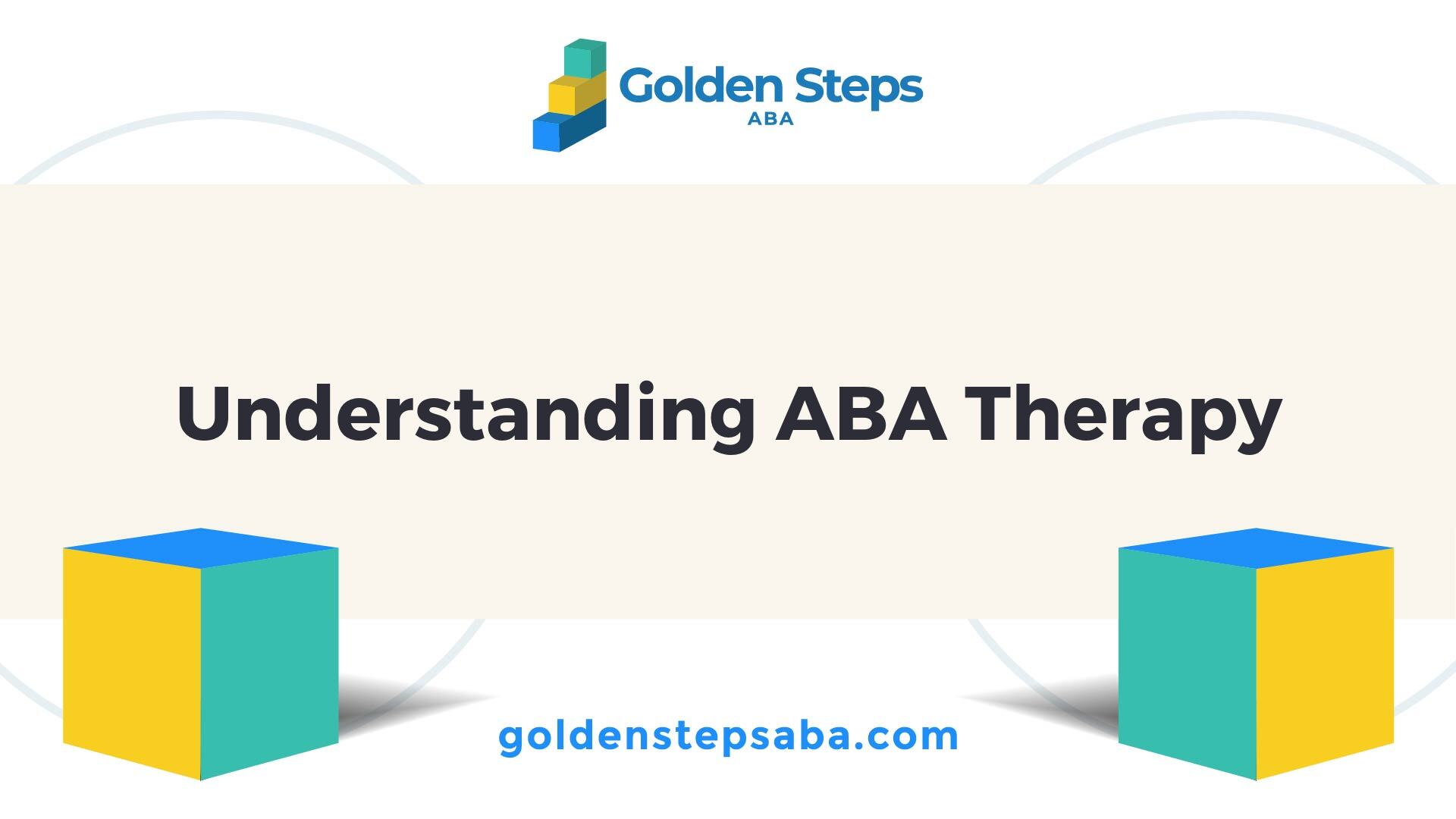
Understanding ABA Therapy
ABA therapy, or Applied Behavior Analysis, is a scientifically validated method for teaching skills and altering behaviors. It is particularly effective for individuals with autism and related developmental disorders. This section outlines the history of ABA therapy and the fundamental principles that guide its practice.
History of ABA Therapy
Since the 1960s, therapists have employed ABA therapy to assist children with autism and other developmental disorders. This approach has demonstrated longstanding effectiveness in addressing various challenges faced by individuals on the autism spectrum [1]. ABA was specifically developed for children with autism, establishing it as the gold standard among autism therapies. Every aspect of ABA therapy is informed by understanding how children with autism think, learn, and operate [2].
The therapy requires a minimum of ten hours per week to achieve success, with many children receiving 15 to 40 hours weekly. This intensity is crucial for the effectiveness of ABA therapy, as studies have shown that more hours of treatment correlate with greater and longer-lasting improvements in cognitive function and other areas.
Principles of ABA Therapy
ABA therapy centers on several key principles:
These principles make ABA therapy a flexible and versatile approach, adapting to the unique needs of children with developmental challenges. For more information about specific services, visit our page on aba therapy and behavioral support services.
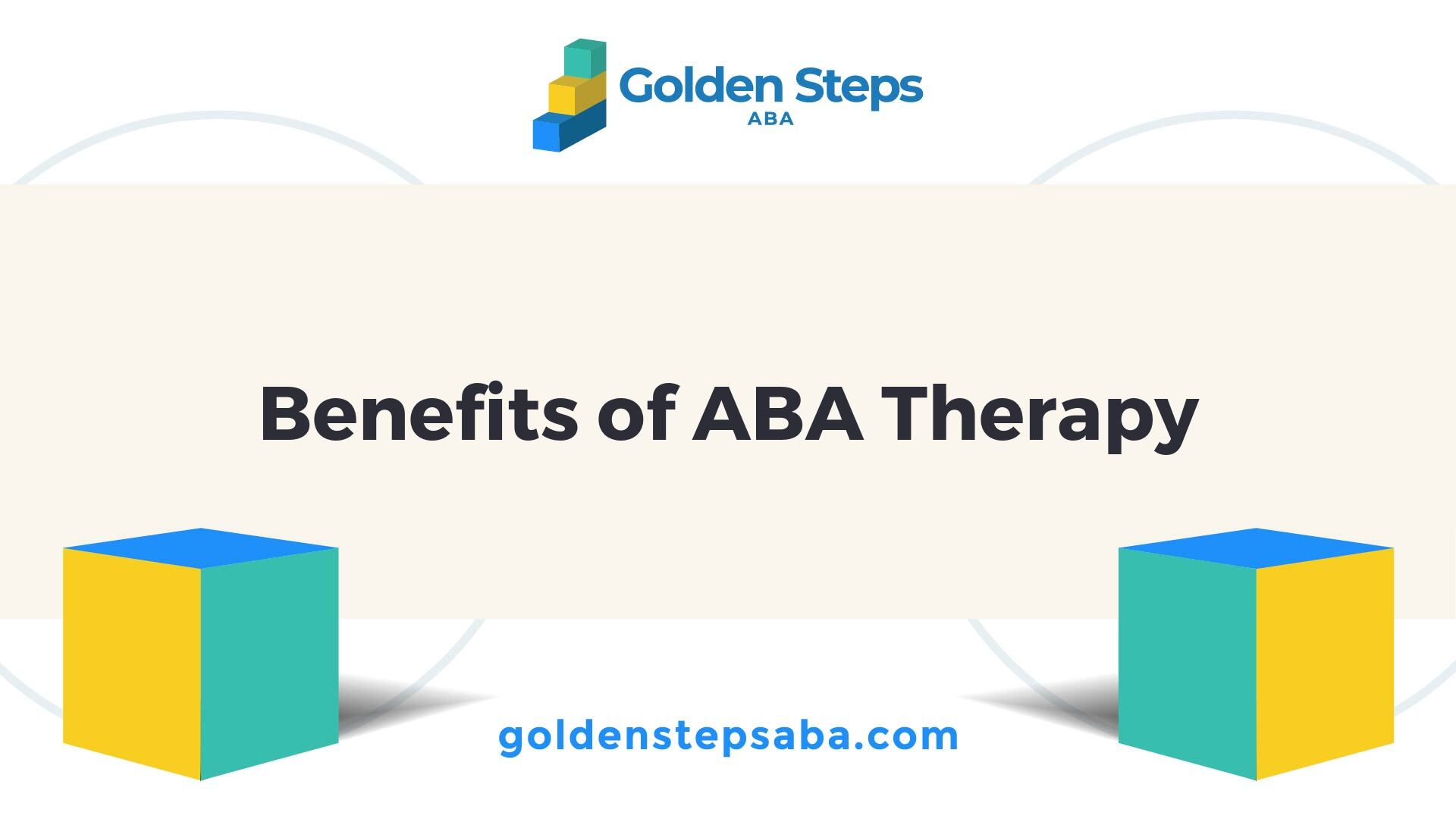
Benefits of ABA Therapy
ABA therapy offers numerous advantages for children with autism, making it a highly regarded approach in developmental therapy centers.
Improvements in Children with Autism
Research shows that ABA therapy can lead to significant improvements in various domains for children with autism. Over 20 studies have demonstrated that intensive and long-term therapy utilizing ABA principles enhances outcomes such as intellectual functioning, language development, daily living skills, and social functioning. The effectiveness of ABA therapy is often quantified in different areas of development:
Area of ImprovementObserved BenefitsIntellectual FunctioningEnhanced problem-solving and cognitive skillsLanguage DevelopmentIncreased vocabulary and communication abilityDaily Living SkillsImproved self-care and daily routine managementSocial FunctioningBetter interaction and relationship-building skills
Evidence-Based Practice
ABA is widely recognized as an evidence-based best practice treatment, endorsed by the US Surgeon General and the American Psychological Association. These organizations emphasize the approach's focus on understanding the antecedents and consequences of behavior as a mechanism for promoting positive change.
Meta-analyses of various ABA intervention studies consistently reveal that children with Autism Spectrum Disorder (ASD) experience marked improvements in:
These findings highlight the comprehensive nature of ABA therapy and its potential to address the multitude of challenges faced by individuals with ASD.
Furthermore, early intervention is crucial. Research suggests that starting ABA therapy before the age of four significantly enhances development, making it easier for children to engage socially and communicate effectively with peers.
The benefits of ABA therapy are evident in both the short term and long term, making it a suitable approach for developmental therapy centers focused on fostering growth in children with autism. For more information regarding specific applications, check our articles about ABA therapy for autism health and ABA therapy and autism interventions.
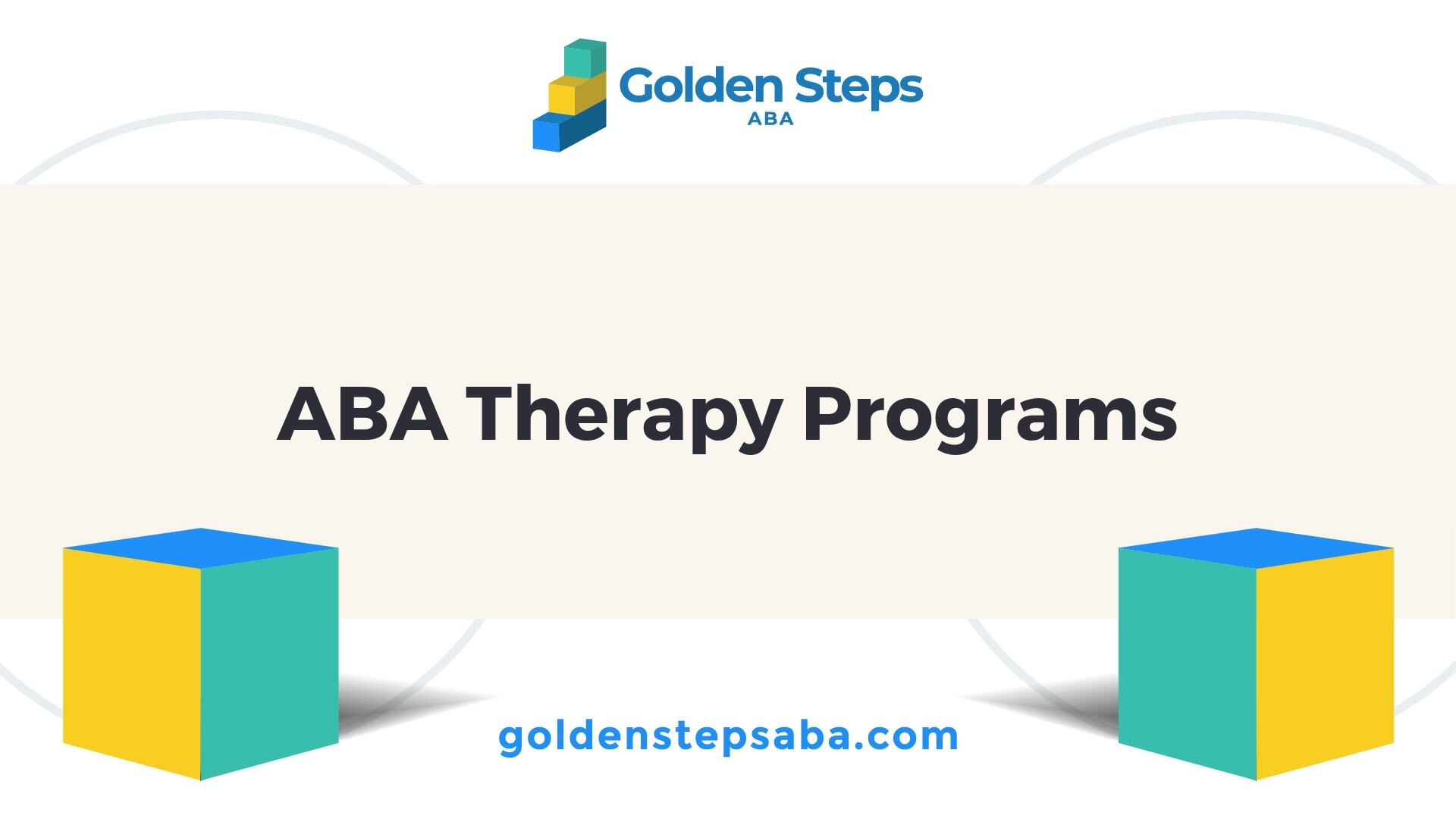
ABA Therapy Programs
Understanding the structure and flexibility of ABA therapy programs is essential for parents and caregivers of children with autism. These programs are designed to cater to the unique requirements of each individual, with a focus on fostering independence and success.
Customization and Personalization
ABA therapy programs are not "one size fits all." They are meticulously tailored to meet the specific needs, skills, interests, preferences, and family situations of individual learners. The goal is to assist children in developing skills that promote independence and success both in the short and long term. Ongoing assessments and adjustments are integral to the process, ensuring the program remains effective over time [1].
Program FeatureDescriptionCustomizationTailored to the individual’s skills and preferencesOngoing AssessmentsRegular evaluations to monitor progressAdjustmentsModifications based on the learner's changing needs and effectiveness
Role of Behavior Analysts
At the heart of ABA therapy programs are board-certified behavior analysts (BCBAs). They are responsible for designing and directly overseeing the program, ensuring that it is customized to each learner's unique profile. BCBAs conduct assessments, establish treatment goals, and work closely with registered behavior technicians (RBTs) to implement and monitor the therapy.
Annually, a BCBA evaluates each program's effectiveness and makes necessary adjustments. This ensures that the strategies employed are the most beneficial for the specific needs of the child. The interaction between the BCBA and other staff members enhances the support given to the individual child, resulting in a comprehensive approach to treatment.
RoleResponsibilitiesBoard-Certified Behavior AnalystDesigns and oversees the ABA programRegistered Behavior TechnicianImplements and monitors the therapy under the BCBA’s guidance
Parents and caregivers seeking effective ABA therapy options can look for centers that prioritize these customized approaches and ensure a strong PTBCBA presence in their programs. For related information and strategies, consider exploring aba therapy for autism therapy centers.
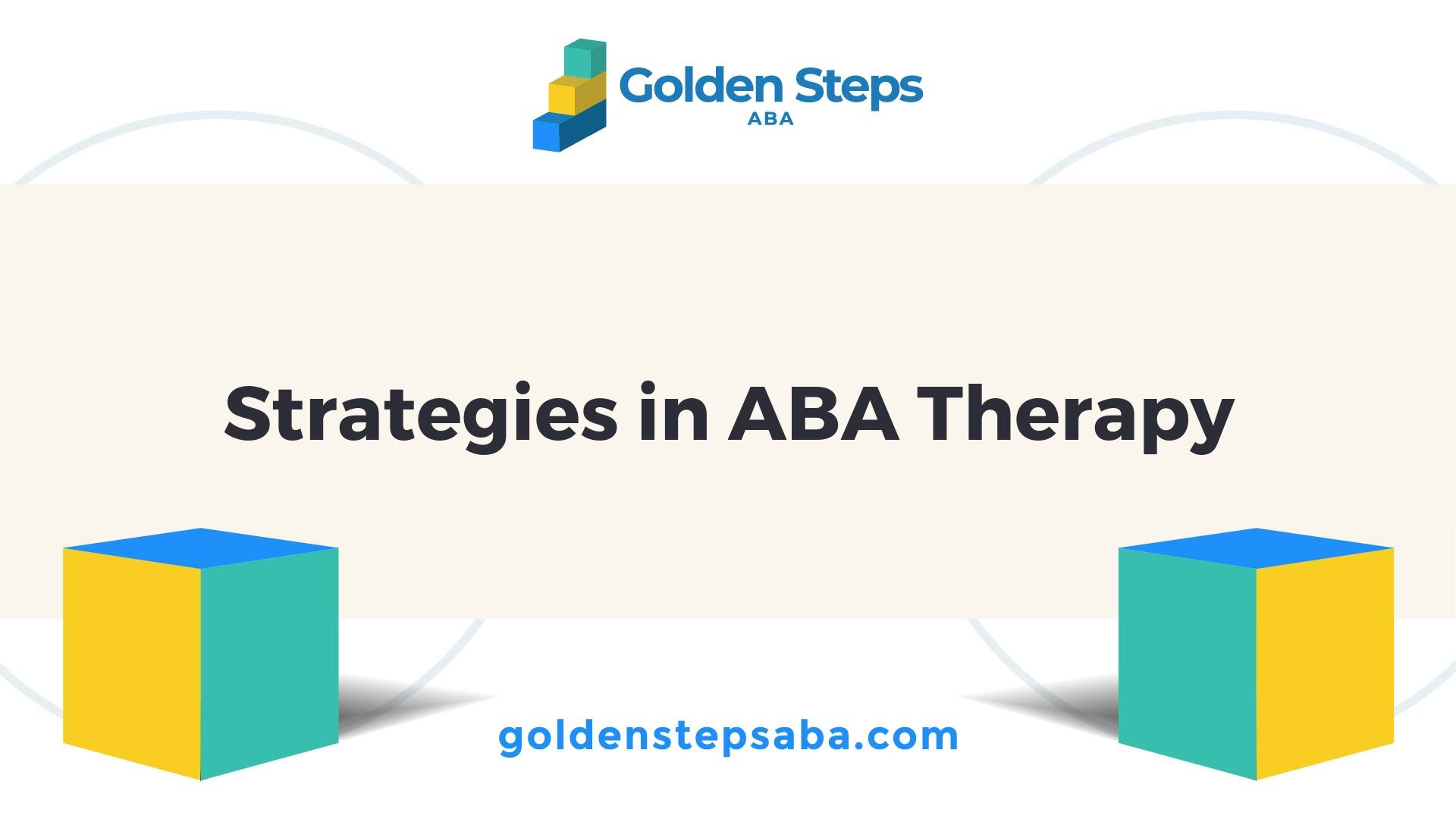
Strategies in ABA Therapy
Effective strategies are essential in ABA therapy, tailoring approaches to meet the needs of individuals with autism. Two key strategies utilized in ABA therapy are positive reinforcement and individualized treatment plans.
Positive Reinforcement
Positive reinforcement serves as a fundamental strategy in ABA therapy. This approach encourages individuals to repeat desired behaviors by providing rewards or positive consequences. Rewards can range from praise and encouragement to tangible items such as toys, books, or privileges like access to play areas. The aim is to gradually promote positive behavior changes over time.
When positive reinforcement is effectively integrated into sessions, it fosters a positive learning environment. This encourages engagement and motivation for individuals, making them more likely to participate in therapeutic activities. For example, a child may receive a sticker for completing a task, reinforcing the behavior and making it more likely to occur in the future [4].
Type of ReinforcerExamplesSocialPraise, hugs, high-fivesTangibleToys, books, snacksActivityExtra playtime, fun outings
Individualized Treatment Plans
A core element of ABA therapy is the development of individualized treatment plans tailored to the specific needs of each child with autism spectrum disorder. These plans involve setting specific, measurable goals that reflect the unique challenges and strengths of the individual. The behavior analyst breaks these goals into manageable steps that contribute to comprehensive behavior change.
Individualized treatment plans ensure that the strategies used in ABA therapy are relevant and effective for the person being supported. The goals are regularly assessed and adjusted as needed to ensure continued progress. This personalized approach addresses a variety of skills, including social interactions, self-regulation, and adaptive behaviors, ultimately enhancing the overall quality of life for individuals on the autism spectrum [4].
By implementing positive reinforcement and creating individualized treatment plans, ABA therapy for developmental therapy centers can effectively support children with autism in reaching their full potential. For further information about ABA services, explore our related articles on aba therapy for autism therapy centers and aba therapy and behavioral support services.
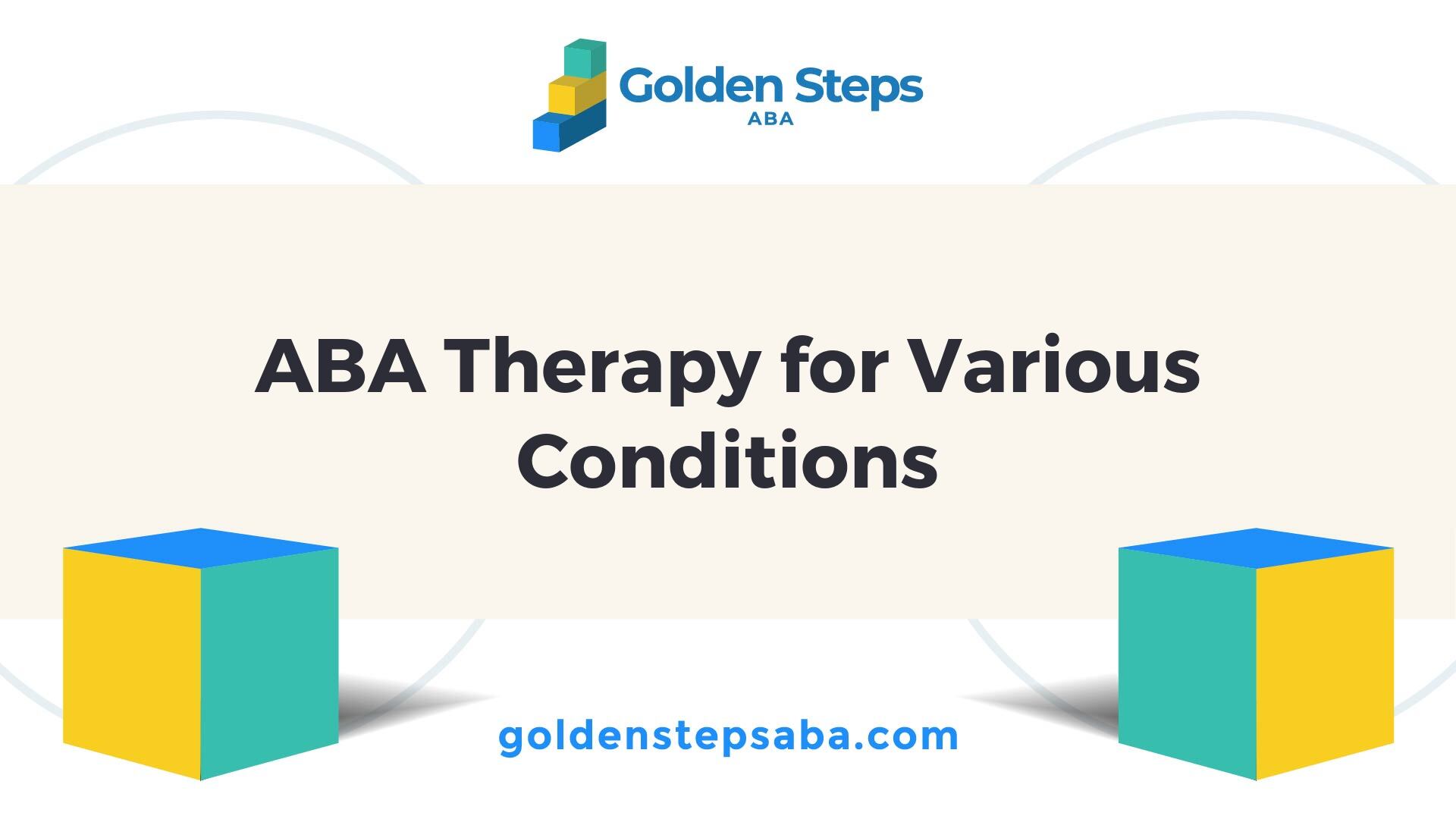
ABA Therapy for Various Conditions
Autism Spectrum Disorder (ASD)
Applied Behavior Analysis (ABA) therapy is widely recognized as a highly effective intervention for children with Autism Spectrum Disorder (ASD). This evidence-based practice is tailored to each child's unique needs, focusing on enhancing communication skills, social interactions, and daily living skills. ABA therapy employs various techniques that promote positive behaviors while reducing negative ones, making it an essential support for children on the autism spectrum.
Research indicates that early intervention with ABA therapy can lead to significant improvements in functional skills and overall quality of life for children with ASD. Studies show that children receiving ABA therapy exhibit enhanced communication abilities, better social engagement, and increased independence in daily activities. For detailed insights into how ABA therapy applies specifically to autism, explore our article on aba therapy for autism health.
Skill AreaImprovement PercentageCommunication Skills70%Social Engagement65%Daily Living Skills60%
ADHD and Oppositional Defiant Disorder (ODD)
ABA therapy is also beneficial for children with Attention Deficit Hyperactivity Disorder (ADHD) and Oppositional Defiant Disorder (ODD). For children with ADHD, ABA provides a structured and evidence-based approach that teaches self-regulation, reduces impulsivity, and enhances problem-solving skills [6]. This therapy helps children learn effective communication strategies and manage challenging behaviors, promoting a positive learning environment.
For those diagnosed with ODD, ABA therapy assists in regulating emotions and responding constructively to authority figures. Board Certified Behavior Analysts (BCBAs) implement reinforcement techniques to encourage compliance with rules and keep children focused on tasks. The emphasis is placed on developing emotional regulation skills and problem-solving abilities, which are critical for managing oppositional behaviors effectively.
ConditionABA Therapy BenefitsADHDSelf-regulation, reduced impulsivity, improved problem-solvingODDEmotional regulation, improved compliance, better focus
ABA therapy's versatility makes it not only effective for children with autism but also a valuable tool for addressing a variety of developmental and behavioral challenges. For more information on how ABA therapy can support children with behavioral issues, visit our page on aba therapy and behavioral support services.
ABA Therapy Effectiveness
Evaluating the effectiveness of Applied Behavior Analysis (ABA) therapy is essential for parents and caregivers seeking the best options for supporting individuals on the autism spectrum. Evidence from numerous studies highlights positive outcomes associated with ABA interventions.
Positive Outcomes in Study Results
Research demonstrates clear benefits of ABA therapy for children with Autism Spectrum Disorder (ASD). Over 20 studies indicate that intensive and long-term therapy leveraging ABA principles leads to significant improvements in cognitive functioning, language skills, daily living abilities, and social interactions [1].
A meta-analysis of 29 studies reveals that children undergoing ABA programs often exhibit moderate to high levels of improvement in several developmental areas, detailed in the table below:
Improvement AreaLevel of ImprovementIntellectual AbilitiesModerate to HighCommunication SkillsModerate to HighLanguage SkillsModerate to HighAdaptive BehaviorModerate to HighSocializationModerate to HighDaily Living SkillsModerate to High
These interventions not only enhance intellectual capabilities but have also been effective in increasing IQ scores and reducing autism-related symptoms and challenging behaviors in young children with ASD [3].
Importance of Early Intervention
The timing of intervention plays a crucial role in the efficacy of ABA therapy. Research underscores the benefits of beginning therapy before a child reaches four years of age. Early intervention fosters improvements in social and communication skills, making interactions with peers more manageable. This age range is a critical period for brain adaptability, which facilitates learning and development.
For optimal outcomes, the intensity of therapy is also vital. Programs generally suggest that children receive a minimum of ten hours of ABA therapy weekly for effectiveness, while many children may benefit from 15 to 40 hours per week. Research indicates that a higher number of therapy hours correlates with greater and sustained improvements in cognitive and behavioral aspects.
In summary, ABA therapy has shown profound effectiveness in promoting the development of children with autism, particularly when initiated early and delivered with the necessary intensity. This evidence supports the relevance of incorporating ABA therapy for developmental therapy centers seeking to enhance outcomes for their clients. More information is available on ABA therapy for autism therapy centers and ABA therapy and autism interventions.

